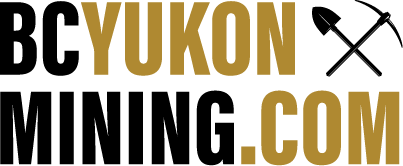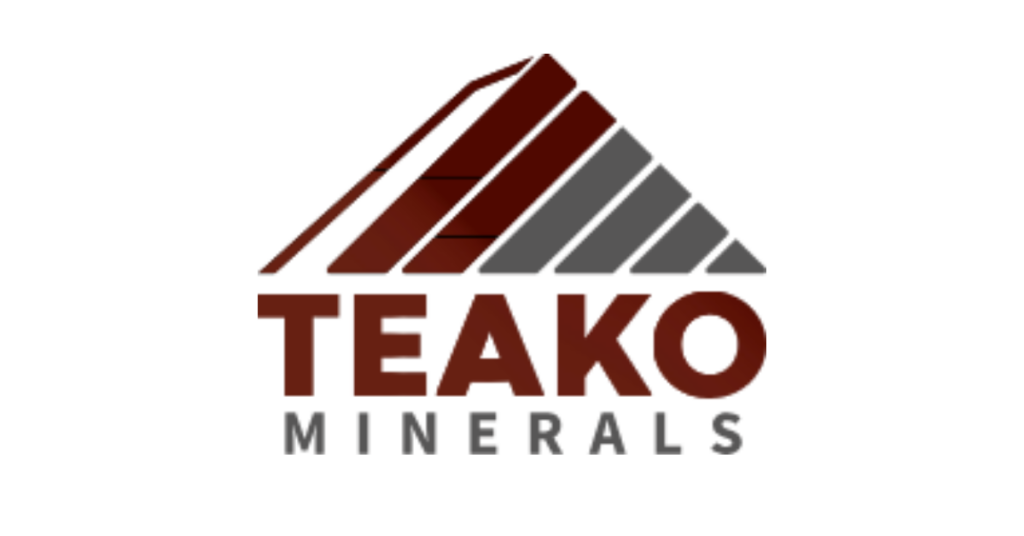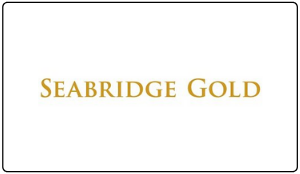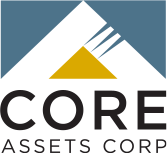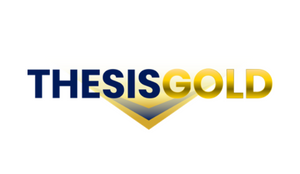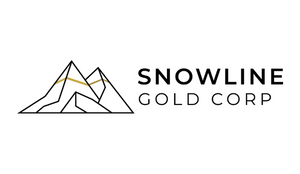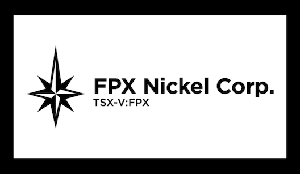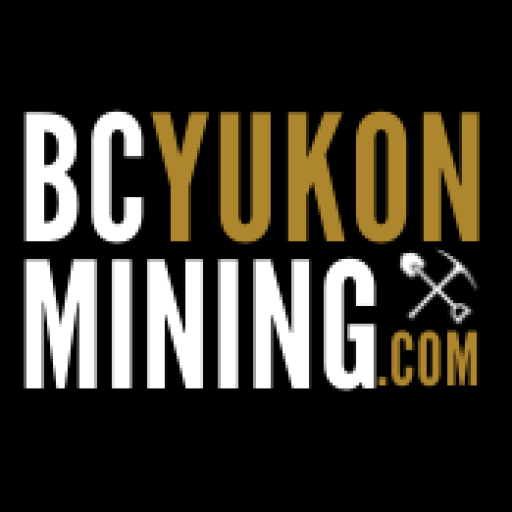VANCOUVER, B.C. – September 5, 2023, TEAKO MINERALS CORP. (CSE: TMIN) (the “Company” or “Teako”) is pleased to announce that it has commenced its maiden diamond drill program at its 100% owned Yellow Moose gold project (the “Property”) in B.C., Canada. This maiden diamond drill program will consist of approximately 800 to 1,000 meters over four (4) to six (6) holes, with holes being drilled within the corridor of epithermal vein structures, breccia textures and zones of propylitic alteration.
The program will also test the significant inferred fault structures along Stubb Bay observed during previous satellite structural interpretation works. Stockwork quartz veining outcrops and float are prevalent along the shoreline of Stubb Bay. Additionally, an abundance of quartz-breccia and silicified boulders are present inland for up to 250 meters from the shoreline. Drilling operations are expected to be completed by mid to late September.
Highlights:
- Initiation of our maiden drill program consisting of approximately 800 to 1,000 meters over four (4) to six (6) holes.
- Drilling operations are expected to be completed by mid to late September.
- The region is rich with epithermal gold prospects and projects, an example being the 11.7 Moz Blackwater Deposit owned by Artemis Gold.
- The Property is an advanced-stage and district-scale project with extensive geological, geochemical and geophysical survey coverage defining a greater than Fifteen (15) km length of a low- sulphidation epithermal gold trend.
- The Stubb Bay target is only one of many targets on the Yellow Moose project.
350 – 1650 West 2nd Avenue, Vancouver, BC, V6J 1H4 TEL (604) 416-5058
www.teakominerals.com
Each hole is designed to test the unique features of the Stubb Bay target (refer to figure 1); - DD_SB_A: Drilling northwest beneath the bay and Stubb Bay outcrop, perpendicular to the predicted mineralization and controlling structure.
- DD_SB_B: Drilling northwest, perpendicularly to the predicted mineralization and controlling structure.
- DD_SB_C: Drilling northwest, perpendicularly to the predicted mineralization and controlling structure.
- DD_SB_D: Drilling along the central fence line in a northwest direction, aligned perpendicularly to the predicted mineralization and controlling structure.
It’s crucial to ascertain the system level that Stubb Bay represents. The veins in this area contain both microcrystalline and open-space crystalline quartz, suggesting a potentially upper-level position. The geologic and structural framework, as provided by the Trout deposit, is predominantly controlled by major northeast-trending grabens and intersecting northwest-trending faults. Within this structural regime, breccias and younger volcanics might be more favorable. Notably, there’s a minimal footprint in the footwall of Trout.
The Company’s geologists hope to tap into a boiling zone, which, in epithermal gold deposits, refers to the depth and temperature range where mineral-rich fluids begin to boil and undergo rapid changes in pressure and temperature. As these fluids rise from depth within the crust and approach the surface, they decrease in pressure and temperature, eventually reaching a point where they boil.
When these fluids boil, they can no longer hold the same amount of dissolved minerals, leading to the precipitation and deposition of these minerals within the host rock. This process results in the formation of mineral veins. The boiling zone is significant for mineral exploration because it often represents the depth at which the highest concentrations of precious metals are deposited.
The Company is working in collaboration with SGDS HIVE, a Service Alliance member, to enhance the cost-efficiency of our drill program. SGDS are providing Teako with staff and contacts in the area including expeditors, suppliers and government.
About the Yellow Moose Project:
The Property is an advanced-stage and district-scale project with extensive geological, geochemical and geophysical survey coverage defining a greater than Fifteen (15) km length of a low- sulphidation epithermal gold trend. More than CAD $500,000 of recent work has been undertaken on the Property. The Yellow Moose project is within the Nechako Plateau region of north-central British Columbia, 150 km southwest from the city of Prince George and 75 km southwest from the town of Vanderhoof.
The Property is accessible throughout the year, thanks to well-maintained logging roads. Previous
Regional Geology owners, including Cuprita Minerals Inc., have conducted extensive surface work, outlining numerous untested gold targets. These range from drill-ready stages to indicated trends that necessitate further grassroots follow-up. Notably, the Trout Deposit, which is not owned by Teako, is situated adjacent to Teako’s claims at the northern end of the project area. This deposit stands as a prime example of a well-preserved low sulphidation epithermal gold target, with results such as 19.5 g/t Au over 5 meters from trenching and 3.7 g/t Au over 20 meters from drilling. The presence of the Trout Deposit underscores the gold prospective potential inherent in the Yellow Moose epithermal system.
The Stubb Bay target is only one of many targets on the Yellow Moose project. Historical work by previous operators (2014) have interpreted a large extensional corridor (“Trout Graben”) continuing SW from the Trout deposit (not owned by Teako), in which many of the targets & anomalies lie within. All targets in this >18 km low- sulphidation epithermal gold trend remain untested from drilling with the exception of Trout and Stubb Bay.
Figure 3: The Cutoff Gold Trend and Targets
Historical geochemical datasets, encompassing soil, till, and rock, as well as geophysical surveys like magnetic and EM from the 1980s to the 2000s, have been digitized. Additionally, in 2020 and 2021, a two-phase soil sampling campaign was executed, resulting in the collection of 3,255 Ah soil samples. Observations from the Stubb Bay to Lalinear trend have noted propylitic alteration paired with minor quartz veining. This trend is further delineated by field mapping, geophysical data, and remote sensing. A satellite structural interpretation of the project has been finalized, unveiling significant structures at both Stubb Bay and Lalinear that extend northeastward. This interpretation emphasizes potential extensional ‘kinks’ within these primary structures.
The region is rich with epithermal gold prospects and projects, a notable example being the 11.7M oz Blackwater Deposit owned by Artemis Gold, situated roughly 45 km southwest (as referenced by the Artemis Gold Mineral Resource Estimate in 2020). Furthermore, the project benefits from easy accessibility from neighboring communities, all set within a renowned mining region.
Qualified Person:
Mr. Kristian Whitehead, P. Geo., is the “Qualified Person” under National Instrument 43-101, has reviewed and approved the scientific and technical information in this press release.
About Teako Minerals Corp.:
Teako Minerals Corp. is a Vancouver-based mineral exploration company committed to acquiring, exploring, and developing mineral properties in Canada, Norway & Finland exploring for Copper Cobalt & Gold. The adoption of advanced technologies such as the SCS Exploration Product aligns with its strategy to remain at the forefront of the rapidly evolving mining industry.
ON BEHALF OF TEAKO MINERALS CORP.
“Sven Gollan” CEO T: +43 5522 500429
Email: sven.gollan@teakominerals.com
